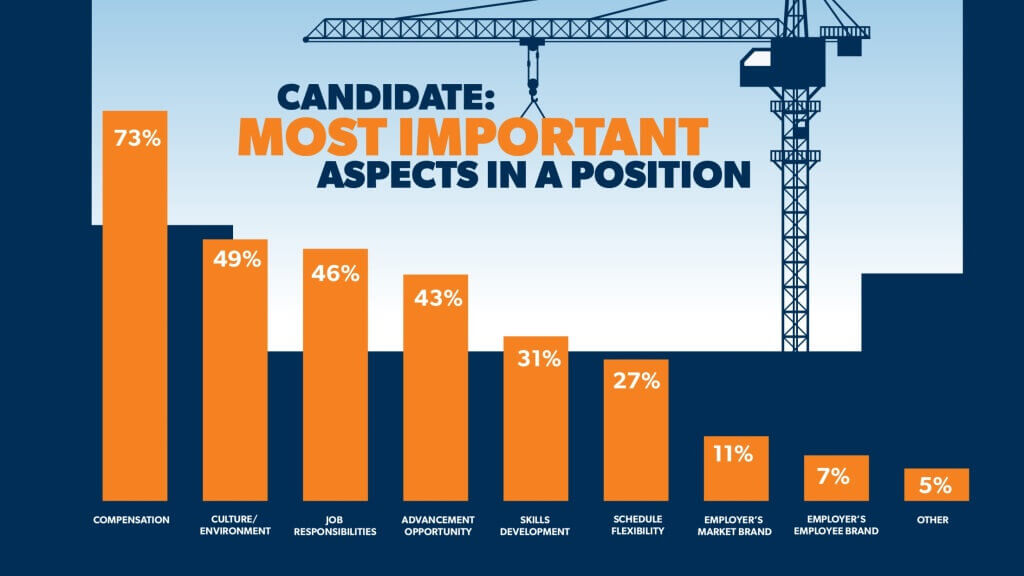3 Ways to Build Better Job Descriptions

Assume you’re a hiring manager who just received approval to add a new member to your team. You know what skill sets you’re looking to fill. You just have to write a job description that’ll attract tons of qualified candidates and make your internal recruiting partner’s job easy. Simple, right? Not necessarily.
According to Allegis Group’s global Talent Acquisition Survey and resulting white paper, employers are more likely than candidates to think their job descriptions are always accurate (50% versus 35%) and appropriately detailed (44% versus 34%). Such misalignment creates an environment where employers risk hiring the wrong people. In fact, seven in 10 employers surveyed say employees are sometimes hired who lack the required skills. As a result, these businesses struggle with retention and time to productivity post-placement.

Best Practices for Writing Job Descriptions
As employers examine their own recruitment processes and seek to drive improvement, they should start with the basics: the clarity, accuracy, and compelling nature of job descriptions. Not only do these documents formally detail responsibilities and required skill sets, but they also lay the foundation for how efficiently the entire recruitment process will operate. Hiring managers use job descriptions to clarify the role. Recruiters use them to set sourcing and screening strategies. Candidates examine them to see if they’re the right match for a new opportunity.
So what’s the secret for grabbing job seekers’ attention right from the start? Results from our Talent Advisory Survey identify benchmarks that set high-performing recruitment organizations apart. When it comes to job descriptions, top companies are:
- 1.3 times more likely to ensure job expectations are realistic
- 1.4 times more likely to ensure job expectations are clear
- 3.3 times more likely to write job descriptions in tandem with 30-/60-/90-day plans
- 2.6 times more likely to include clear employee value propositions
Let’s dig in to three behaviors that enable these companies to reach their recruitment goals.
#1: Get the Details Right
According to our survey, when expectations align to the original job description, talent is nearly twice as satisfied with the recruitment process. To write meaningful descriptions:
- Include relevant phrases that accurately define the job.
- Convey the role’s purpose and connection to business objectives.
- Set realistic performance goals and action-based outcomes.
- Ensure job titles are self-explanatory.
- Identify the role’s hierarchy with phrases about working relationships and reporting structures.
#2: Think in Tandem with 30-/60-/90-Day Goals
Viewing a job through an actionable lens ensures accuracy and completeness while also setting expectations with interested candidates. Only through the meticulous process of simultaneously revising job descriptions with 30-/60-/90-day goals documents can hiring managers ensure alignment. This approach also makes them confident enough to ask a recruiter to begin sourcing talent.
#3: Include a Clear Employee Value Proposition (EVP)
Because technology has made it easier for talent acquisition professionals to identify and contact potential candidates – to the point where active job seekers receive 11.2 calls or emails per month – employers’ descriptions must stand out. To combat this level of solicitation, elevate your opportunity over another by ensuring the description contains a strong EVP. Candidates surveyed say they’re most interested in a position’s compensation (73%), culture/environment (49%), and job responsibilities (46%).

A Note About Company Culture
While on the topic of company culture, less than one-third of employers believe their job descriptions always address it. However, candidates are nearly twice as likely to be very satisfied with the recruitment process (64% “very satisfied” when “always” versus 33% “very satisfied” when not “always”) when companies take the time to express their culture.
To help ensure a candidate’s long-term success once hired, job descriptions should showcase your organization’s cultural values in action. Articulate the company’s purpose, mission, and values. For example, stating that employees are the company’s greatest asset or that a job offers opportunities for growth and diverse thinking may resonate with job seekers. Aim for descriptions that accurately portray what makes your company unique. Adding statements about weekly happy hours and collaborative workspaces where free thinkers are valued will attract a different set of job seekers than a description that shares metrics about program successes in a results-driven, solutions-oriented culture. Make sure your descriptions attract the types of employees who’ll perform best given your environment.
To learn more about what nearly 12,000 global employers and job seekers think about the recruitment process and benefit from actionable steps to optimize talent acquisition, download our white paper today.
Related Content
Supercharge Your Recruitment Process with Research from our Talent Advisory Survey
Build a Foundation to Attract Top Talent With Solid Job Descriptions [Infographic]